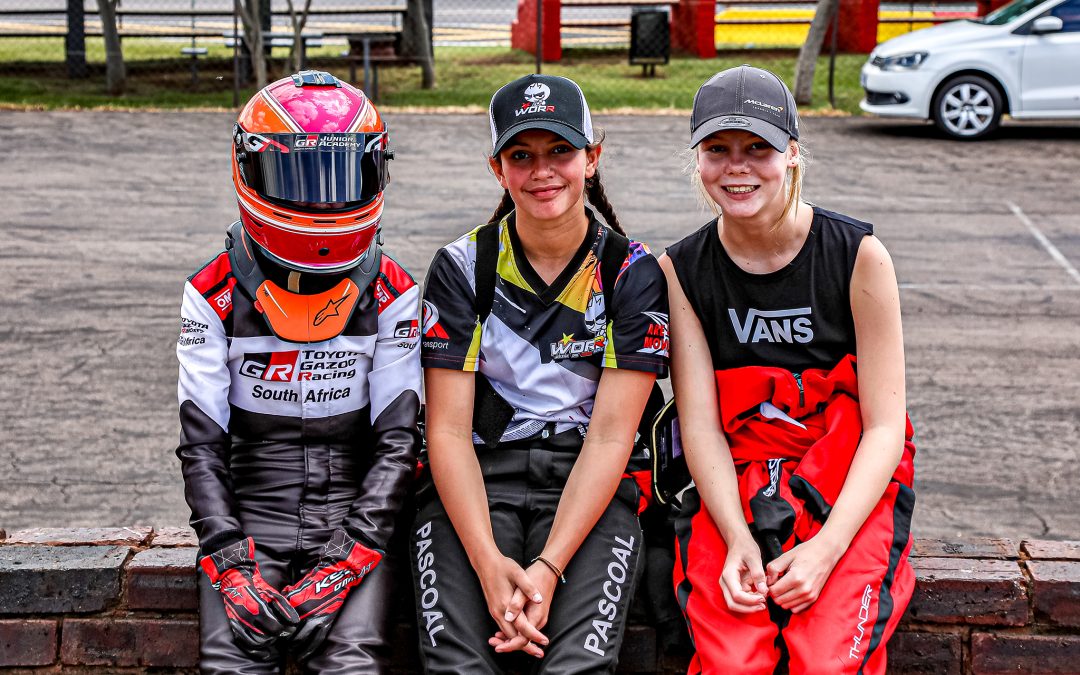For many years, there has been a noteworthy gender gap in motorsport, where the involvement of women and girls at all levels is dishearteningly low. A 2023 report published by More than Equal (MTE), Inside Track: Exploring the gender gap in motorsport, assessed on 20 December 2023, https://www.femalesinmotorsport.com/post/get-the-inside-track-on-more-than-equal-s-game-changing-report outlined the findings from their Global Attitude Survey which indicated that female participation only accounts for 10% across all competition categories worldwide. This lack of gender balance in motorsport has been a cause for concern for several years.
Participation Statistics
According to research, there had been a slight increase in female drivers participating in karting, formula, and GT racing. The study found that while females accounted for around 13% of the participation in karting globally, this number dropped to 7% in formula and GT racing, suggesting a significant reduction in female participation as the level of competition increases.
Karting is a crucial entry point for motorsports, constituting 40% of overall female participation, contributing to the gender participation gap. According to the research, a noticeable difference in performance between male and female racers is attributed to the gender performance gap. While some female racers continue to compete, they advance slower than male racers in achieving high rankings in the sport. Female drivers comprise only 4% of the top talent rankings, defined as the top 5% of the championship rankings.
Obstacles Remain
The analysis further shows a slight but encouraging increase in female participation in recent years. This growth is primarily seen in established markets such as the USA and Western Europe. However, there are still significant obstacles to overcome when advancing emerging talent.
The study highlighted the following:
• The lack of sufficiently talented women to choose from.
• The cost of competition is a universal challenge for both men and women. Still, female drivers often struggle to find investors and sponsors willing to support them early in their careers, which can hinder their progress during crucial periods.
• There are negative stereotypes about women’s ability to drive fast or compete physically, but most fans of the sport don’t agree with them.
• The lack of specialised training tailored for female drivers in technical, physical, psychological, and tactical aspects is a significant issue.
• The need for more female role models.
• Many female fans or racers in the sport often feel that the culture is not welcoming or appropriate.
• Female drivers are leaving the profession earlier than their male counterparts. On average, female drivers have careers lasting between one and five years, while male drivers are likelier to stay for over 12 years.
Progress and Commitment
Despite the persistence of the gender gap, the motorsport industry has seen a positive trend towards increased female participation. In 2018, 72% of participants were male and 28% were female. However, as of 2021, the gender split has improved to 69.6% male and 30.4% female.
From the report’s findings, it is evident that the motorsport industry needs to keep up with other sports in supporting female athletes and meeting the expectations of its female fanbase in a male-dominated sport.
More Than Equal offers a programme to assist young and talented female drivers. The programme will provide successful applicants with free, high-quality coaching and support. For further details, including instructions on applying, please visit https://www.morethanequal.com/apply .
Applications close on 31st January 2024.
Published by: Motorsport Fanatix
Picture Caption: FLTR: Emma-Rose Dowling (Mini MAX), Gianna Pascoal (Junior MAX), and Georgia Lenaerts (Junior MAX) make up around a dozen female athletes competing in karting.
MSA Publishes media releases from a host of different sources on our website as a service to the sport. It is not practically possible to vet/approve every release that is published. Some news items and articles are written by correspondents and do not necessarily represent MSA’s views.

